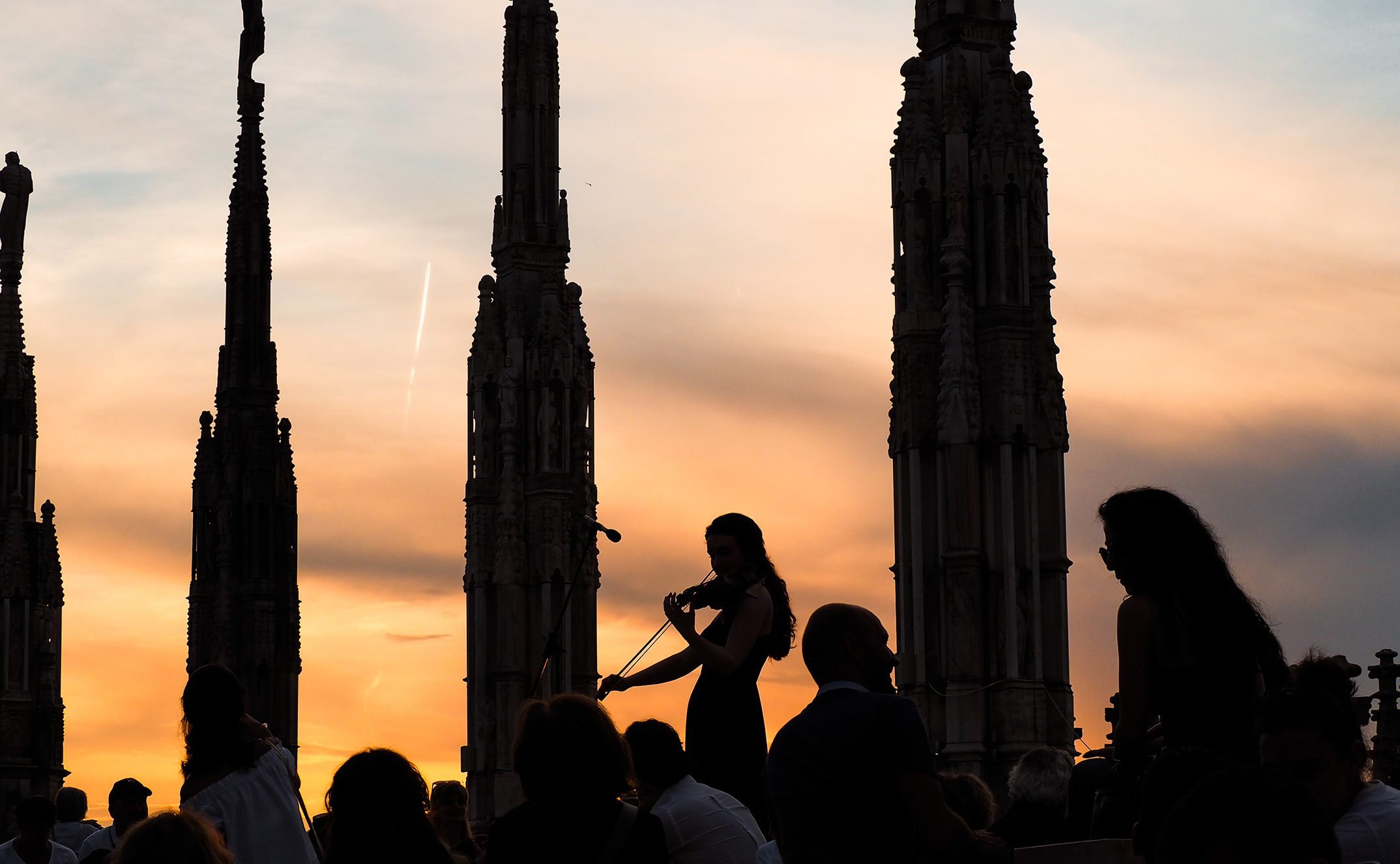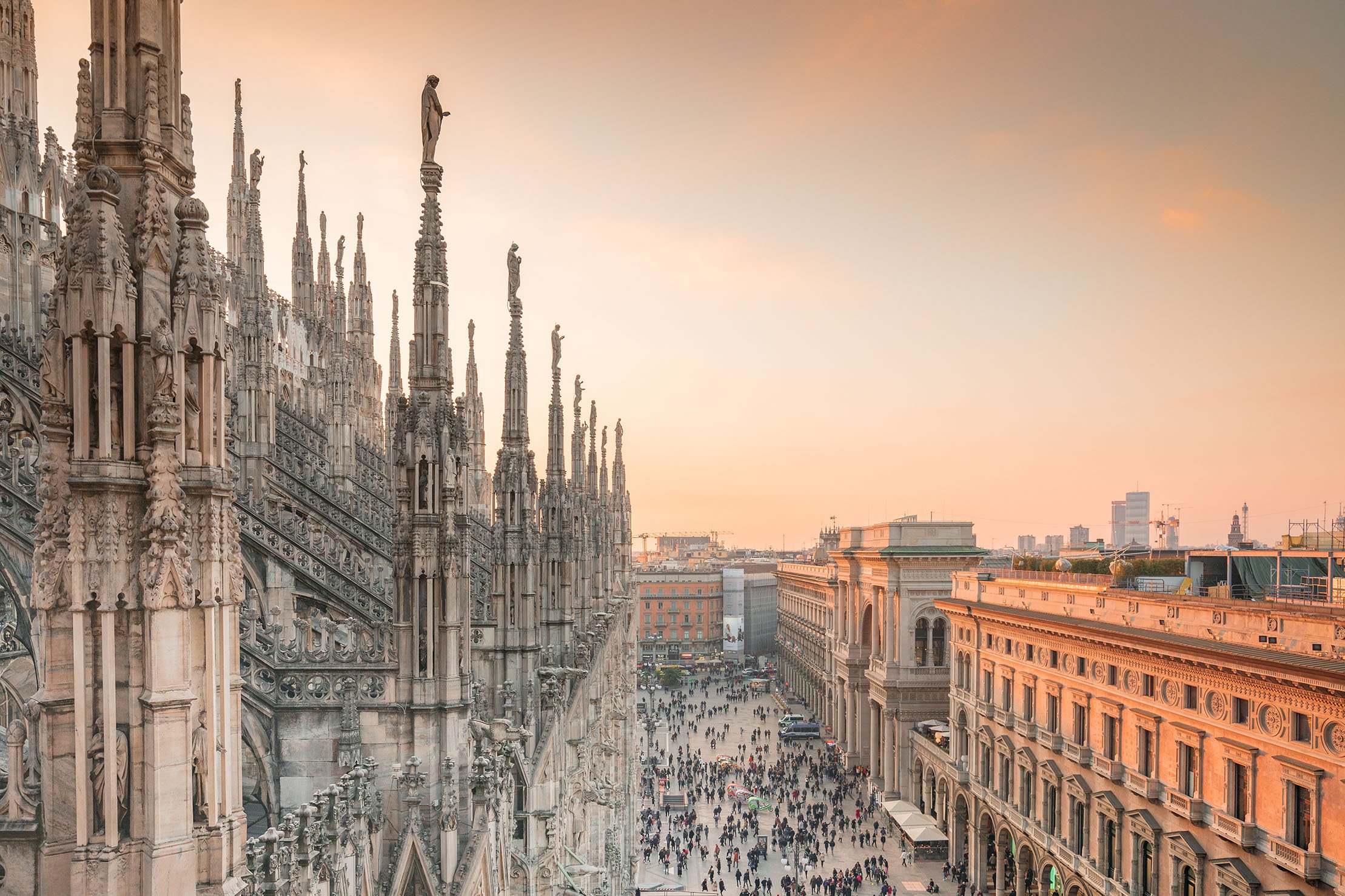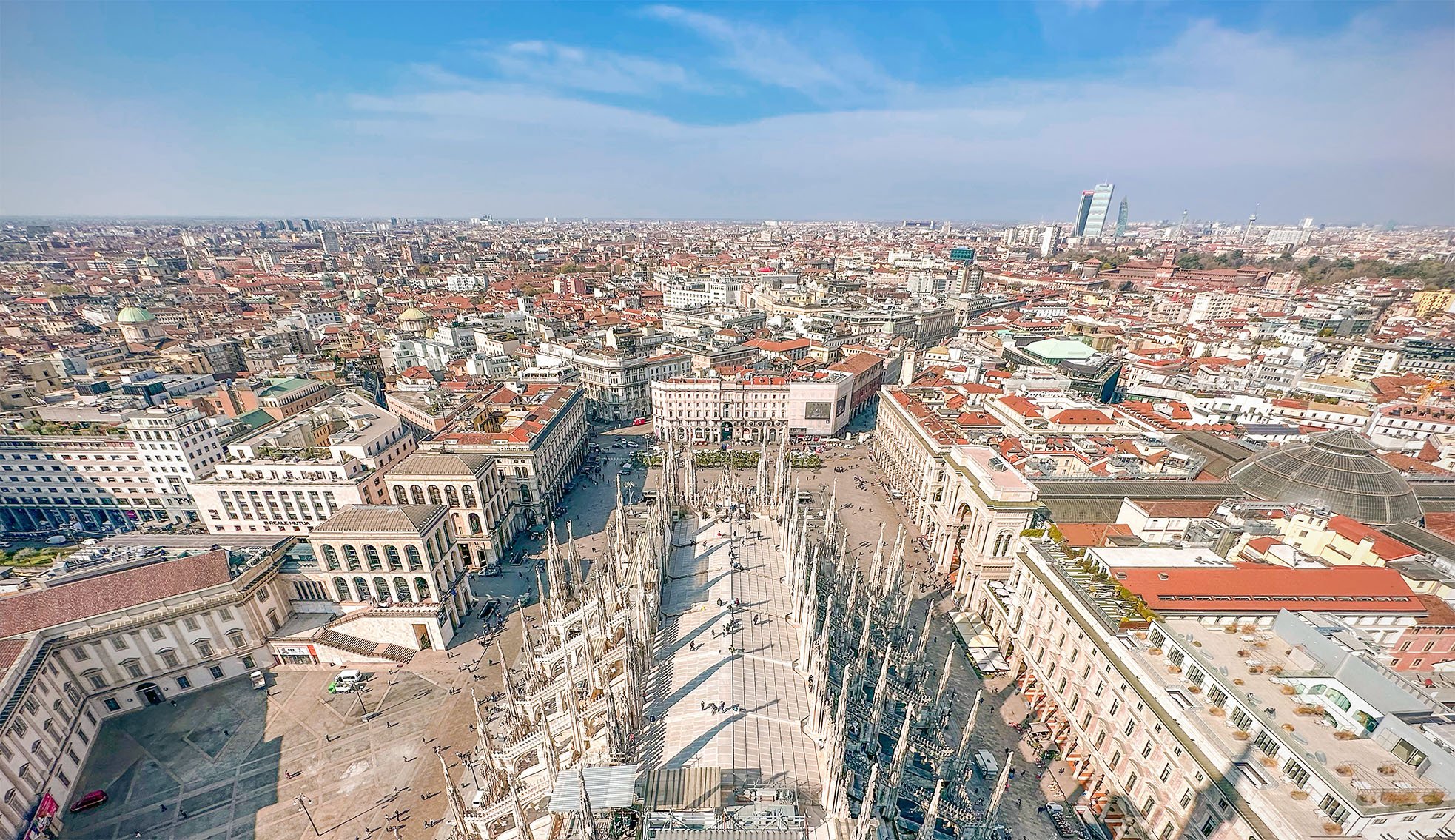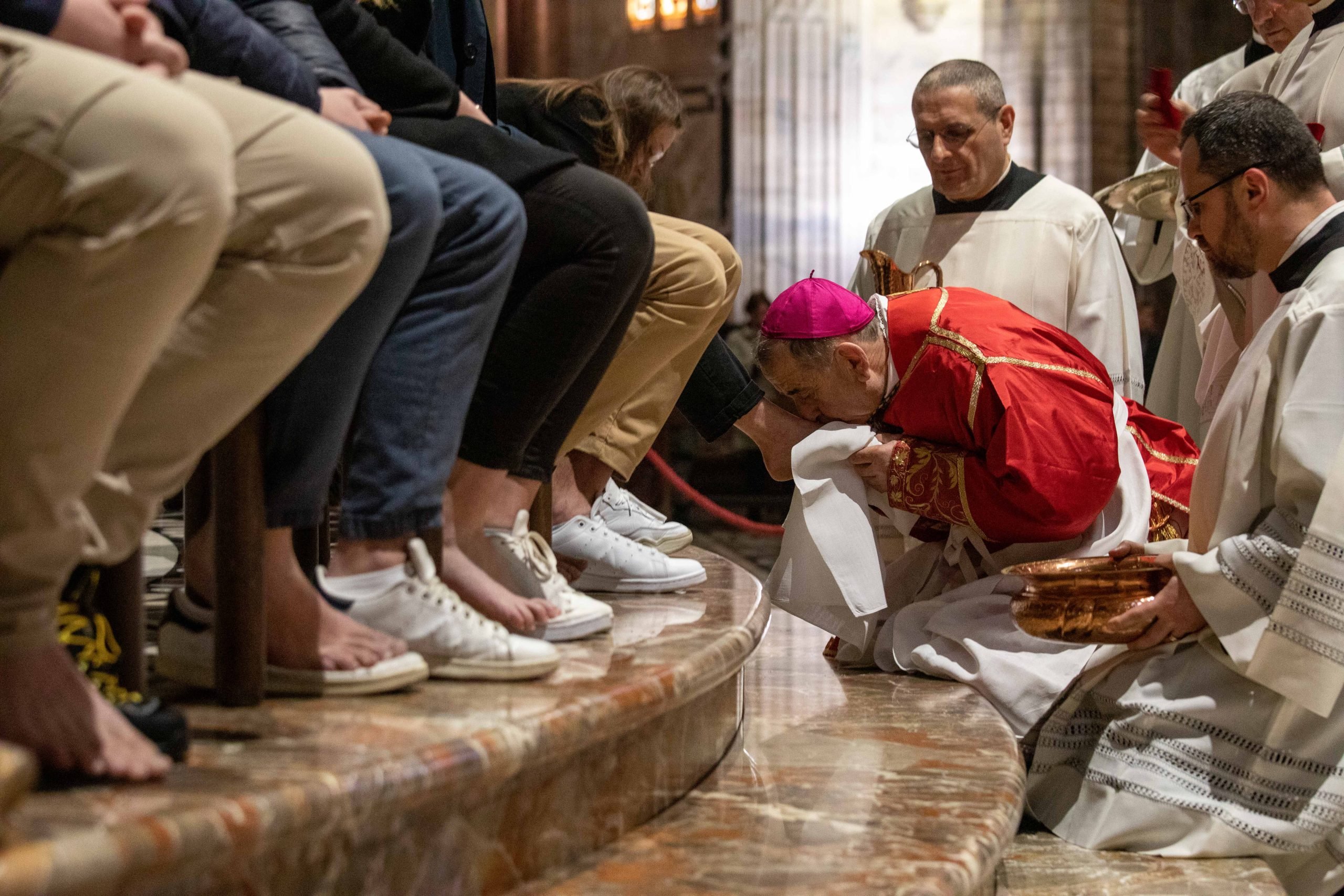La solenne celebrazione inaugurale del Triduo pasquale
La celebrazione vespertina «nella Cena del Signore» dà inizio al Sacro Triduo Pasquale, nel quale si commemorano la Passione, Morte e Risurrezione di Gesù.
Nel Rito Romano, questa celebrazione commemora l’Istituzione dell’Eucaristia e assume una tonalità particolarmente festiva: i paramenti sono infatti di colore bianco e, all’inizio della Messa, si canta il Gloria. Totalmente differente è l’impostazione della corrispondete celebrazione di Rito Ambrosiano. La liturgia, infatti, commemorando l’Istituzione dell’Eucaristia, ripercorre i momenti iniziali della Passione del Signore: l’ultima Cena, il tradimento di Giuda, l’agonia nel Getsèmani, l’arresto di Gesù, l’abbandono da parte dei discepoli, il processo davanti al Sinedrio e il rinnegamento di Pietro.
La Messa è preceduta dalla Lavanda dei piedi che, richiamando l’umile gesto con cui Gesù ha prefigurato il dono totale di sé nella sua Passione, evidenzia il primato del servizio. L’Arcivescovo monsignor Mario Delpini compirà questo rito, lavando i piedi a sei coppie di genitori in attesa di un figlio, per sottolineare il tema della speranza in questo Anno giubilare.
La celebrazione eucaristica è inserita nella preghiera vespertina e si apre con il rito della luce, accompagnato dall’offerta dell’incenso sull’altare. All’Inno e al Responsorio dei Vespri, segue una catechesi biblica molto particolare. La Lettura vigiliare tratta dal libro del profeta Giona, già attestata da sant’Ambrogio, diviene prefigurazione del Mistero pasquale di Cristo: «come infatti Giona rimase tre giorni e tre notti nel ventre del pesce, così il Figlio dell’uomo resterà tre giorni e tre notti nel cuore della terra». Nell’Epistola (1Corinzi 11,20-34) – con una selezione di versetti tradizionalmente più ampia rispetto a quella della liturgia romana (11,23-26) – l’Eucaristia è fatta risalire al gesto gratuito di Gesù, ma sono riportati anche i severi ammonimenti dell’apostolo Paolo contro coloro che celebrano, «in modo indegno», la Cena del Signore.
Dopo la proclamazione della Passione secondo Matteo e l’omelia dell’Arcivescovo, viene cantata l’antifona Cenæ tuæ: un testo antichissimo, tradotto direttamente da un originale bizantino del VI secolo, che solo la tradizione ambrosiana possiede in Occidente. In esso si ricorda la mistica Cena a cui Cristo invita il fedele e il bacio traditore di Giuda.
Suggestiva è anche la cornice coreografica in cui viene eseguito questo canto, che ci introduce nella liturgia eucaristica: è affidato ai pueri cantores della Cappella Musicale, disposti a corona attorno all’altare, simbolo di Cristo. La liturgia milanese ha conservato, similmente a quanto avviene nella Veglia pasquale, anche un testo proprio per il Canone eucaristico.
Infine, dopo la Comunione, l’Arcivescovo reca processionalmente l’Eucaristia al luogo della Riposizione, presso l’altare laterale della Madonna dell’Albero. Anticamente questo rito era celebrato «pro sepultura dominica rapræsentanda», quasi per ripresentare la Sepoltura del Signore: di qui si generò, soprattutto nell’ambito della religiosità popolare, la devozione della visita ai “Sepolcri”. Un piccolo particolare sopravvive di questa lettura allegorica della riposizione dell’Eucaristia: durante la processione, l’Arcivescovo copre la pisside avvolgendola con i lembi del velo omerale, alludendo al gesto compiuto da Giuseppe d’Arimatea che, secondo i Vangeli, avvolse il corpo di Gesù nella sindone, prima di deporlo nel sepolcro.
La celebrazione si conclude, presso l’altare della Riposizione con il canto della Salmodia dei Vespri. Proprio l’antifona che i introduce i Salmi vespertini del Giovedì santo può aiutarci a comprendere meglio il senso di questa celebrazione: «Ascolta, il Maestro ti dice: “da te voglio fare la Pasqua con i miei discepoli”». Questa antifona riprende alla lettera le prime parole che il Signore pronuncia all’inizio della sua Passione. Potremmo immaginare rivolte anche a noi, oggi, queste parole. Ovviamente, in questo caso, non si tratta solo (come nell’episodio evangelico che apre la Passione) della richiesta di un locale adatto alla Cena pasquale o di trovare qualcuno che metta a disposizione la propria casa. Dobbiamo rileggere queste parole più profondamente, come un invito che il Signore rivolge a ciascuno, a chi vuole essere sinceramente suo discepolo, per condividere il suo cammino pasquale che attraverso la notte del Giovedì santo giungerà fino alla croce del Venerdì e al sepolcro vuoto della Domenica di risurrezione. Il Signore Gesù vuole scegliere ciascuno di noi come suo compagno in questi giorni santi. Tocca a noi rispondere, ben sapendo che se accettare può essere duro e impegnativo, è però anche l’unico vero modo per vivere un’autentica Pasqua cristiana.



